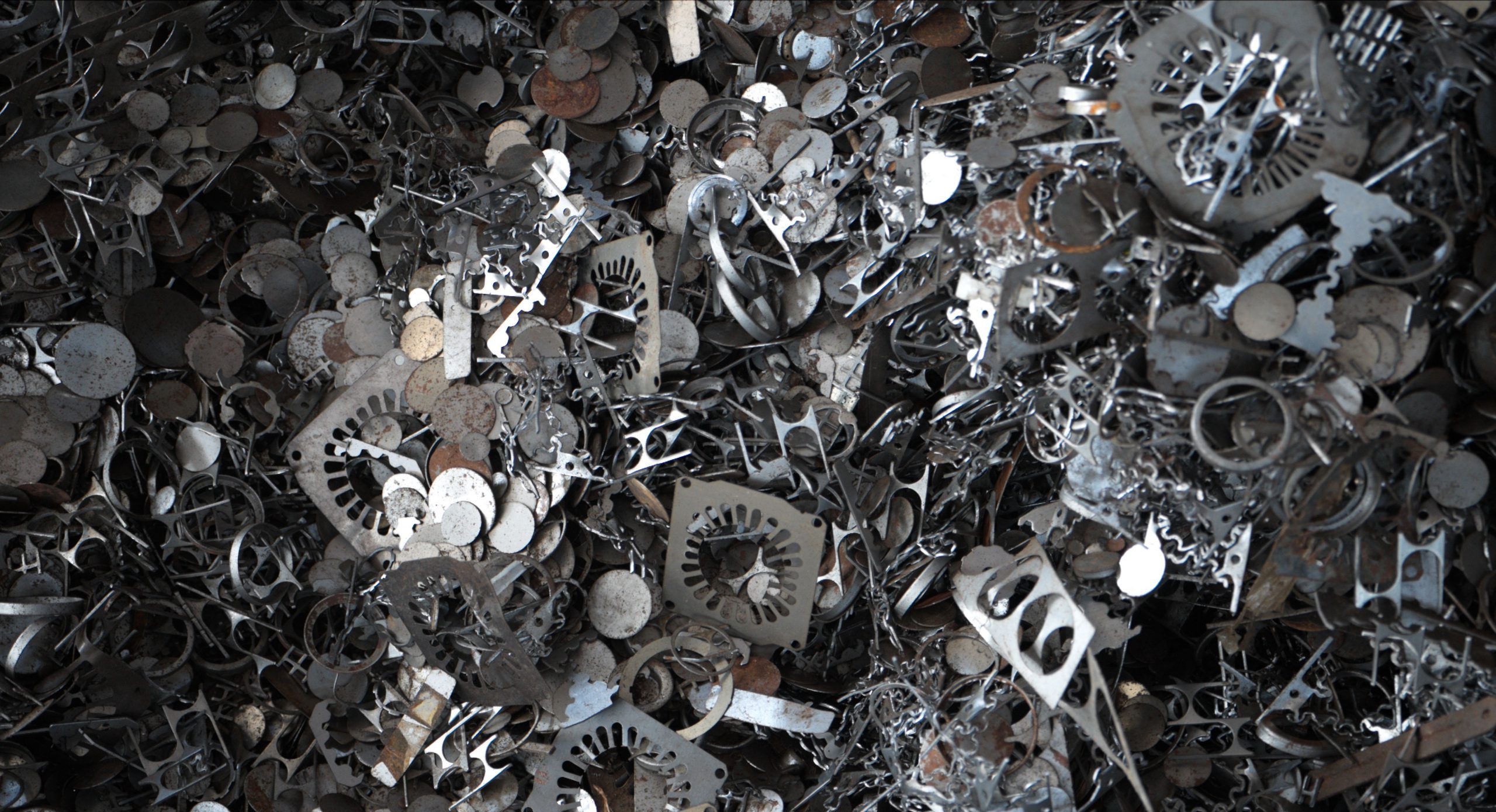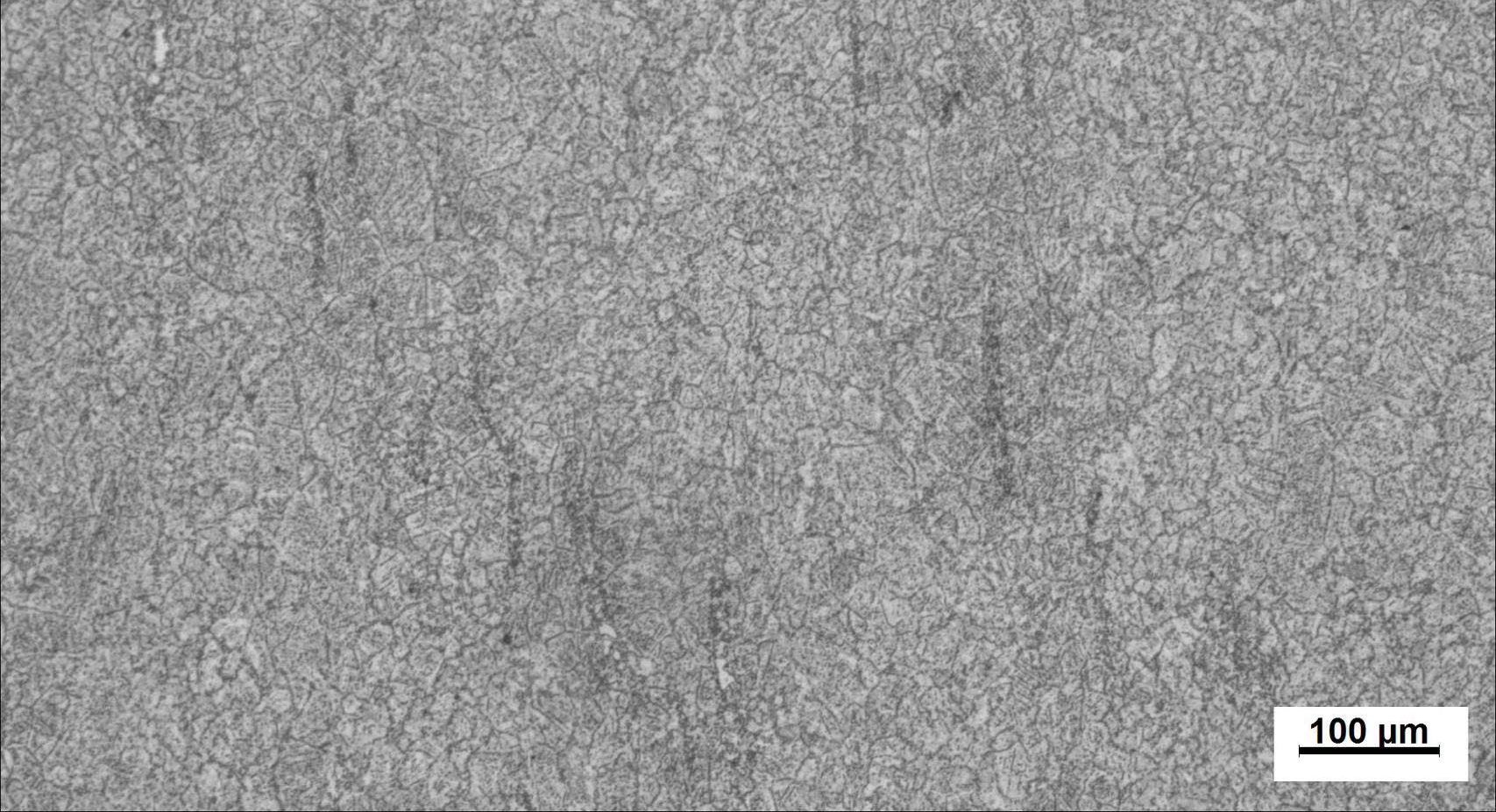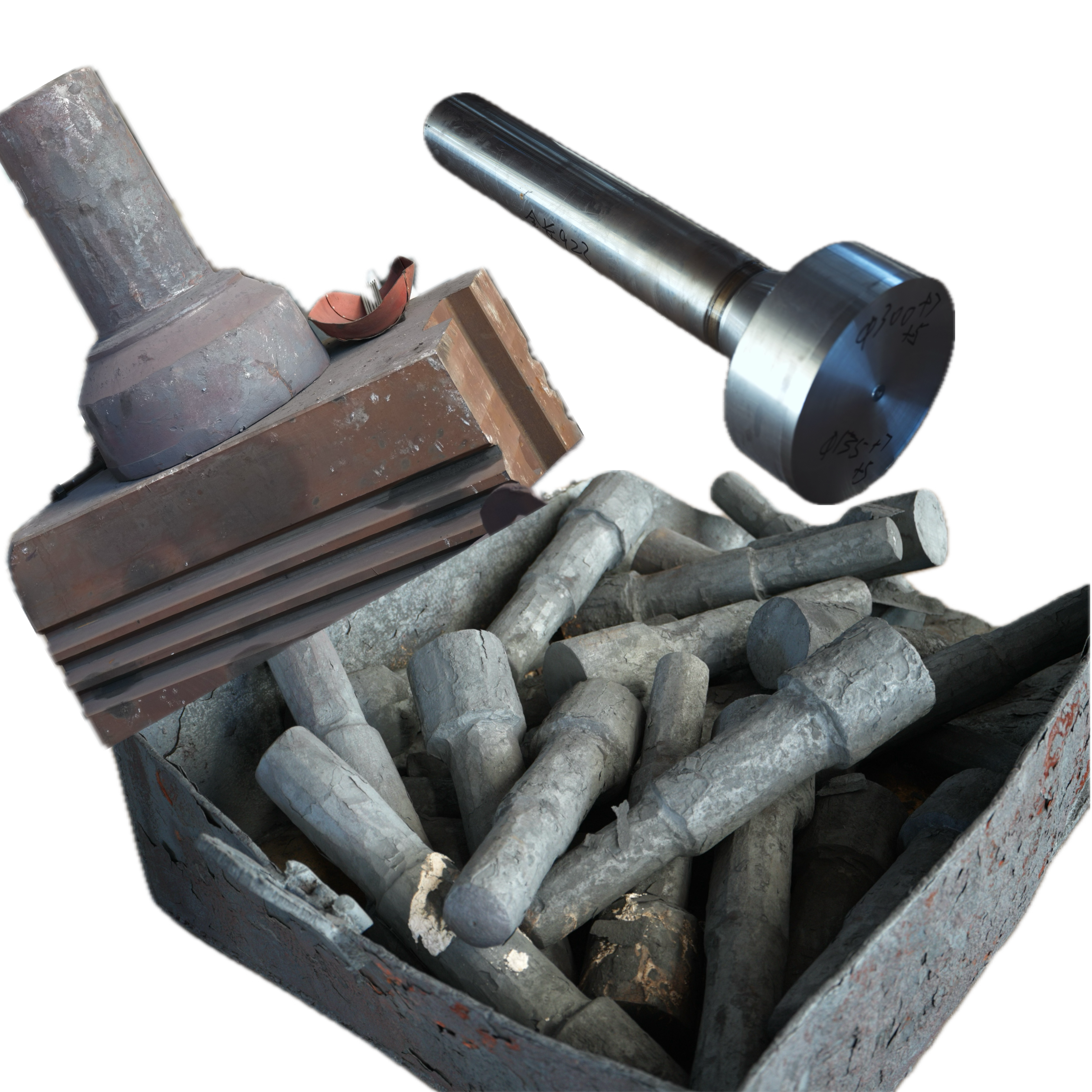+44 7536971614
No. 88, Dapaishan Rd., Xisaishan Dist., Huangshi, Hubei 43500
24/7 Working hours




Leonite was founded in 2024 as the overseas sales subsidiary of Hubei Yuanding Machinery Equipment Manufacturing Co., Ltd., specializing in supplying special steel to international markets. Leveraging the parent company's comprehensive production system and state-of-the-art equipment, Leonite has developed extensive expertise in specialized steels for a variety of applications – including hardware molds, plastic molds, die-casting molds, and other machinery applications.Rigorous quality management is enforced at every stage of production and inspection, ensuring all products meet international standards. Through large-scale production and efficient supply chain management, Leonite has significantly reduced costs, enabling the company to offer customers worldwide highly competitive prices. Since its inception, Leonite has remained focused on delivering maximum value to customers and is committed to becoming a trusted special steel supplier in the global market.







We are dedicated to working closely with you to develop customized solutions tailored to your needs, giving your business the support it needs to thrive.

When steel from an electric arc furnace is cast into large ingots, its grain structure tends to solidify in a columnar, longitudinal orientation. Electroslag Remelting (ESR) is applied to re-melt and solidify the ingot under controlled conditions, which recrystallizes the steel and alters the original grain orientation. In effect, ESR refines the crystallographic structure by eliminating the directionally aligned grains present in the as-cast ingot. The resulting ESR ingot has a much more homogeneous, isotropic microstructure, meaning its properties are uniform in all directions during subsequent forging and forming. This isotropy is highly beneficial for die-casting mold materials: the steel no longer requires a particular grain orientation to be aligned with the mold’s working surface, greatly enhancing the mold’s service life due to consistent strength and toughness in every direction.
Before forging an ESR-refined ingot, a high-temperature diffusion and homogenization heat treatment is typically performed. This treatment soaks the ingot at an elevated temperature to even out chemical composition and carbide distribution. As a result, the internal structure is further refined and any coarse carbide particles are uniformly redistributed throughout the steel. Homogenizing the microstructure in this way ensures that during the subsequent deformation processes (upsetting and forging), these carbides will be more easily broken up and dispersed. In summary, pre-forging diffusion and homogenization improve the ingot’s microstructure, so that large carbides are sufficiently dissolved or fragmented, leading to a more uniform and ductile material when forging begins.
Forging the ingot through repeated cycles of upsetting (compressing) and drawing out (elongating) — often in a three-stage sequence — yields significant microstructural benefits. Each upset-and-draw cycle increases the total deformation ratio imparted to the steel, which effectively breaks down large, hard-to-fracture carbide clusters in the ingot’s core. By deforming the ingot in multiple directions (both across its cross-section and along its length), any anisotropy in the material is minimized or eliminated. This multidirectional working also closes internal voids and increases the steel’s density, resulting in a more compact and defect-free microstructure.In summary, the three-stage upsetting and drawing process provides several key benefits before the final forging to size: Refined Carbide Distribution: Repeated deformation shatters coarse carbides and spreads them evenly, preventing continuous carbide networks. Isotropic Properties: Working the steel in different directions removes directional weaknesses, so the forged steel has uniform properties in all orientations. Enhanced Density and Integrity: High deformation and compaction eliminate internal porosity and improve overall material soundness. Thanks to these improvements, the finished high-end die-casting steel exhibits superior mechanical properties and internal integrity. For die-casting mold applications, this means the steel can withstand thermal and mechanical stresses better, translating to a substantially longer service life for the molds made from this material.
If you have any further questions, please feel free to contact us at [email protected]. We look forward to assisting you.
We strictly adhere to ASTM, DIN, GB, and JIS standards while offering custom processing services, including cutting, heat treatment, and precision machining, backed by advanced production facilities and state-of-the-art heat treatment technology; with a strong global supply chain, we export to Europe, North America, Southeast Asia, and the Middle East, providing expert technical support in material selection, machining solutions, and performance optimization to ensure the highest quality for our customers.

















